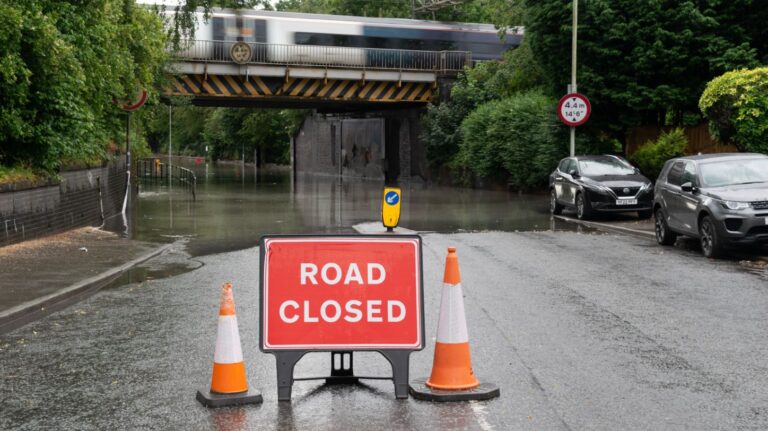A red weather warning – indicating ‘danger to life’ – has been issued by the UK government. Strong winds are expected to cause flying debris, falling trees and large waves around coastal areas.
The warning was issued via an emergency alert sent by the UK government
Across the UK, there are reports of school closures, power outages and flight cancellations as a result of Storm Éowyn. Residents of several parts of the UK, including Scotland, have been urged to stay at home for their safety.
Gusts of up to 100mph are expected in some coastal areas of Northern Ireland. Meanwhile, reports claim a record gust of 114mph was recorded in the Republic of Ireland, where 715,000 premises are reportedly without power.
In light of this news, Louise Whitehouse, managing director of fleet maintenance for Europe at FedEx, has offered some advice for drivers on how to stay safe and efficient in spite of the storm. “Driving in extreme weather conditions can be daunting,” she said, “but with a robust contingency plan in place we are confident that UK delivery drivers can navigate the road safely, and continue to deliver an outstanding customer experience.”
Firstly, she encourages preparedness and regular inspection of vehicles. “Preparation and planning in case of an emergency is absolutely key. Check your tyre pressure, engine oil and fluid levels before you hit the road, and at the absolute least ensure you have roadside assistance cover. Don’t forget to pack blankets, a warm set of clothes and perhaps some emergency food supplies.
“Charging up your devices before you set off, so you remain contactable on the road, is an absolute must. It might seem like overkill, but you would rather not find yourself in a sticky situation.”
She notes the extra caution that drivers should take in these conditions: “Leave plenty of room between you and the vehicle in front and choose a speed that caters to the road conditions. Now more than ever, it is the time for smooth driving, not sudden acceleration, sharp cornering or hard braking. If your vehicle has steering assistance, use it.”
On dealing with poor visibility, Whitehouse advised: “Keep your wits about you, and look as far ahead as possible. Listen out for reports of any hazards up ahead, and keep your eyes peeled for electronic warning signs. When faced with poor visibility, you can use the left edge of the road to guide you, as well as any other pavement markings you can spot.
“Staying one step ahead whilst you are out on the road will allow you to adapt quickly, and navigate any challenges that come your way more effectively.”
Furthermore, she suggests that drivers – whether driving for commercial or personal reasons – be careful not to slip when entering or exiting a vehicle, check at least twice when proceeding at an intersection or making a turn, and get off the road if they feel unsafe and wait for conditions to improve.







